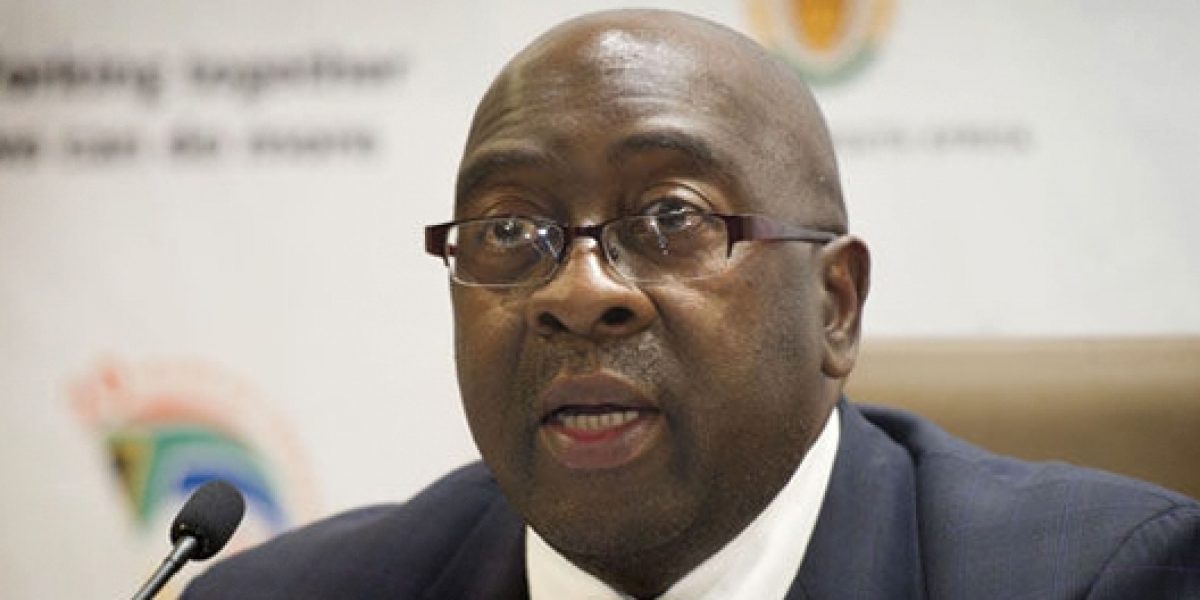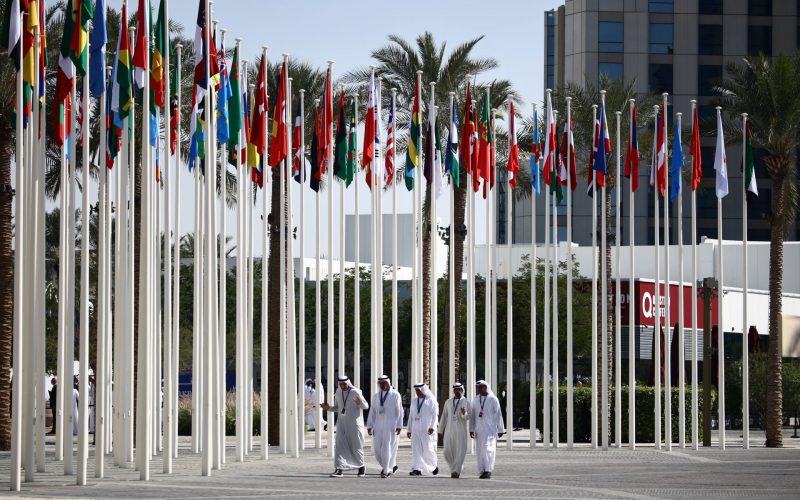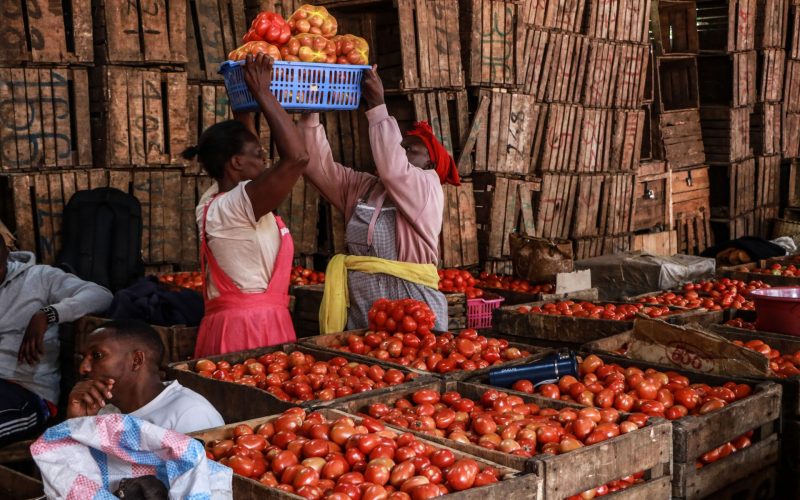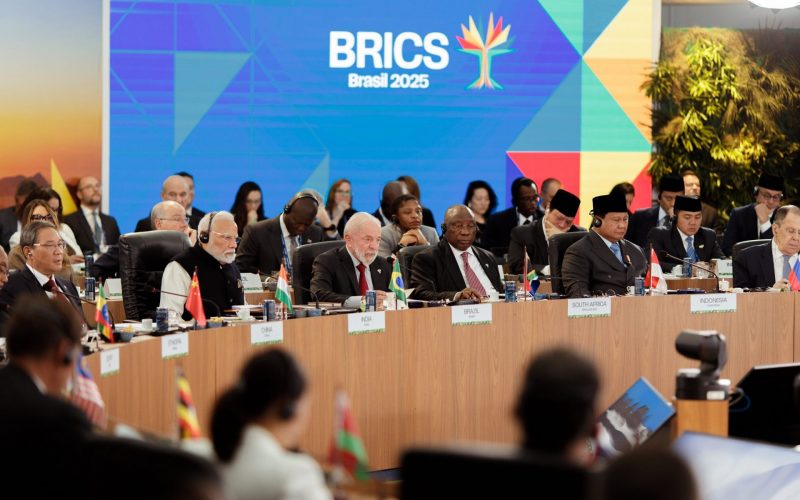The Minister presented a plan for fiscal consolidation, proposing austerity measures such as a more progressive personal income and corporate tax structure, increased sin taxes on alcohol and tobacco, a rise in the fuel levy, curtailing expenditure within set targets, and eliminating government waste and inefficiency.
However, the revised budget has not provided markets with the confidence they were hoping for. Ahead of a review of South Africa’s sovereign credit rating in June this year, global ratings company Fitch has expressed concern that South Africa won’t be able to stick to its targeted consolidation goals, implying a possible downgrading. This comes after Standard & Poor’s downgraded South Africa’s rating to BBB- in 2014, one notch above the ‘junk’ status most investors avoid.
South Africa’s debt burden
Much of this story has to do with the impact of the global financial crisis on South Africa’s economy: negative GDP growth, job losses and sustained unemployment, and an increasing strain on public finances. Emerging from a period of prudent fiscal policy management before the crisis, South Africa was able to use the fiscal space it had created to execute a significant fiscal policy response.
The result was for government spending to quickly outstrip revenue, with the difference financed by the accumulation of public debt. From a public debt stock of 26% of GDP in 2009, South Africa’s debt-to-GDP ratio rapidly increased by almost 70% to a level of 43.9% by 2014.
Growth has remained sluggish since South Africa’s gradual recovery from the recession. This seems unlikely to change in the near future, with Treasury downgrading its 2.5% growth estimate in October 2014 to just 2% for 2015, rising to 3% by 2017. While interest rates on public debt have remained modest, this is a natural post-recession feature and there is no guarantee that they will stay supressed in the future. Interest rates tend to rise once economies begin to recover and move into the next phase of the business cycle.
Austerity measures
This environment of very low growth and modest-to-high interest rates presents an unsustainable debt dynamic which can only be controlled by running a sufficiently large primary surplus. This requires government revenue to exceed spending, and explains why Minister Nene has prioritised austerity measures in the 2015 budget.
Critics of implementing austerity measures before growth and employment has resumed argue that the level of the debt stock is not important, as long as the government is able to service the debt and use the funding productively. However, high levels of debt are associated with larger debt servicing costs.
Unfortunately, the rise in South Africa’s interest payments has crowded out other types of government spending. Interest payments on public debt are now the fastest growing item of government spending, and the rise in interest expenditure by almost 70% since 2009 has caused the share of interest payments in total expenditure to grow for the first time since 1998. This situation where growing interest payments on a large stock of public debt consume an increasing portion of government spending is dangerous. The opportunity cost of crowding out government spending on factors known to contribute to long-term growth, such as infrastructure or human capital development, is enormous.
Will the 2015 Budget plan work?
Given the need for fiscal consolidation, how likely is it that the 2015 Budget plan will achieve its consolidation targets?
On the expenditure side, Treasury has set strict spending targets and is focusing on reducing waste and improving efficiency – a mantra for much of the past decade which has not seen results. Public-sector wage negotiations are still underway, and the budgeted 6.6% increase is far below the 15% organised labour is currently demanding. If the negotiations do not go to plan, government will either be saddled with more spending than they anticipated, or labour strikes will further undermine growth prospects. State-owned enterprises (SOEs) remain a drain on fiscal resources, and if poorly performing SOEs like Eskom, SAA, and the Post Office continue along their current trajectory, it is likely that they will drain more from the fiscus than has been planned.
On the revenue side, a more progressive tax structure makes sense in terms of contributing to wealth redistribution, but may not be very effective at boosting the revenue base – the wealthy are endowed with the resources to discover and exploit tax loopholes and avoid paying the increased tax burden. Sin taxes and fuel levies are a sure way of increasing the revenue base, but there has been concern that ignoring some of the other low-hanging fruit, such as estate duties and VAT, will jeopardise the budget’s revenue collection target – especially if growth is lower than forecasted.
Even if government is able to reign in its spending and expand the revenue base as planned, Treasury’s target for stabilising public debt seems ambitious. The 2015 Budget forecasts that South Africa’s debt-to-GDP ratio will stabilise at 43.7% by 2017/2018. Using a simple calculation, even if we assume that the moderate interest rates on public debt persist and that growth is not lower than Treasury’s forecast, the primary surplus required to stabilise debt at the targeted level is greater than the budgeted balance.
Looking to 2016
It is likely that Minister Nene will have to deliver a similar speech in a year’s time, pressing the need for fiscal consolidation and introducing heavier tax obligations. But this time it will be harder to get people to believe that the plan will be followed through. Unfortunately, external perceptions do matter as credit rating agencies fuel perceptions of risk and investors demand higher premiums on South African bonds – making the interest burden on public debt even greater.
If the Minister retakes the podium in a year and doesn’t have any fiscal consolidation to show, he will be forced to execute stricter austerity measures – or run the risk of South Africa’s public debt spiralling out of control.








